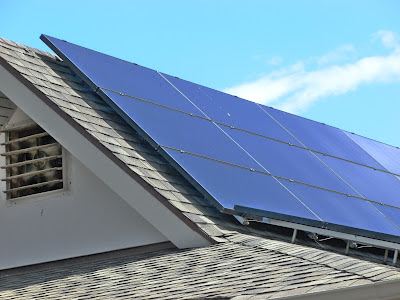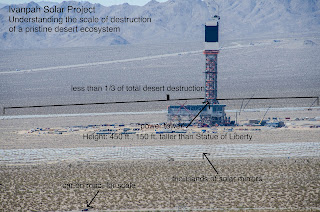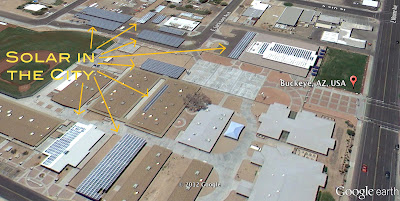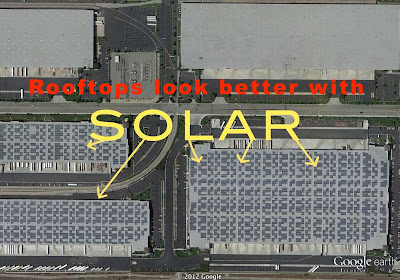Leaving Las Vegas is easy when you love the Mojave. Once you escape the maze of billboards, glitzy hotels, and miles of stucco-clad houses, you'll cross some wide open desert that will liberate you from an otherwise hurried existence. As the city guzzles water and cranks up massive air conditioners, the desert's incredible array of life -- tortoises, kit foxes, jackrabbits, owls, hawks, eagles, Creosote, Mojave yucca, blackbrush, white bursage, and countless wildflower species -- have endured the test of time. You have to appreciate the small stuff in the desert. The signs of life that betray the ignorant notion that this place is a wasteland. Narrow pathways well worn into the desert ground by rodents scurrying to and from shrubs and burrows. A wren's nest deep within the spiny arms of a cholla cactus. A loggerhead shrike perched on a Mojave yucca that may not be much taller than a human but probably more than 300 years old. All of these forming an intricate web












